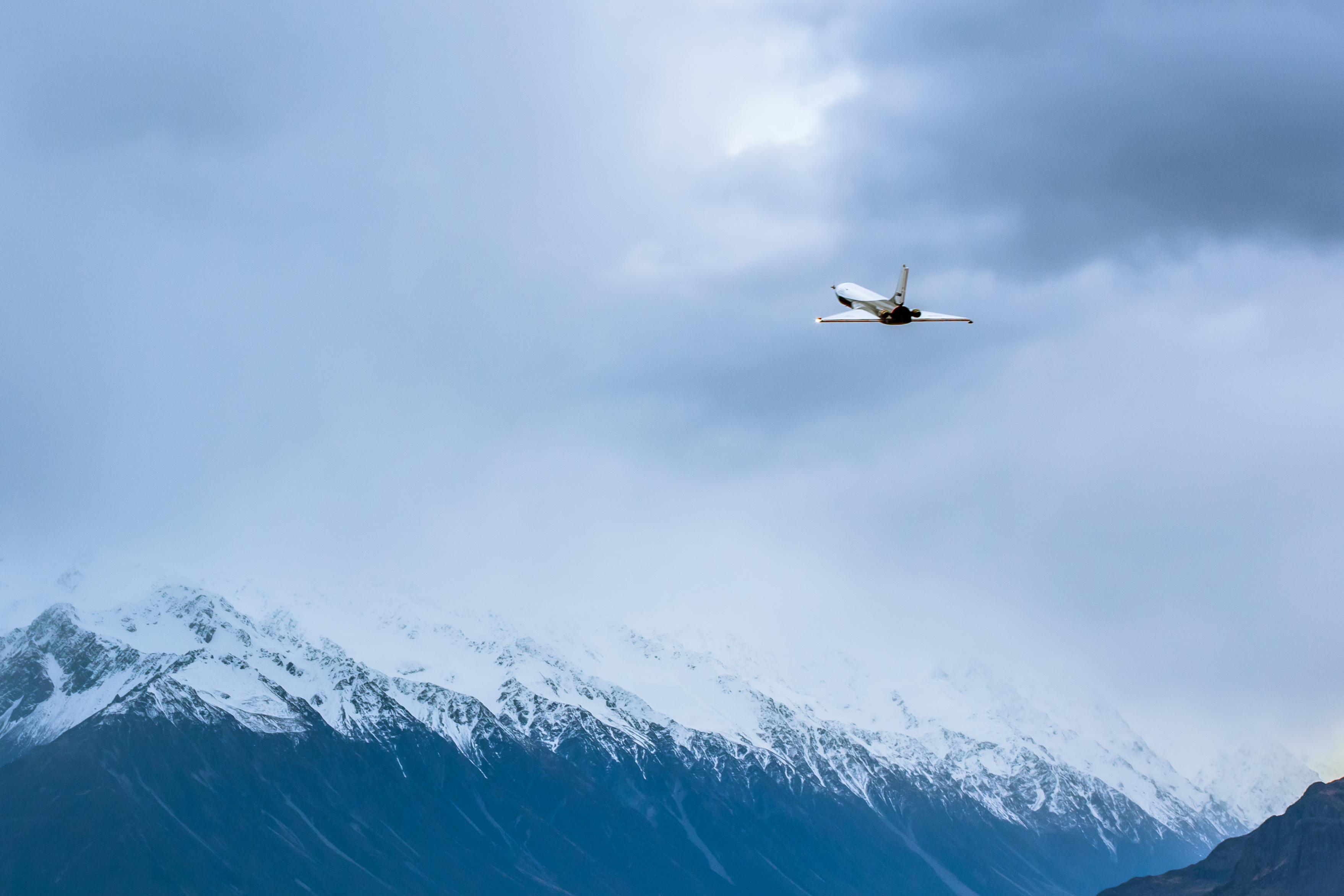Business
Dawn Aerospace conducts five flights of its suborbital spaceplane

While the rocket launch sector is quickly becoming crowded, the same can’t be said for companies developing suborbital spaceplanes. This means there’s plenty of room to grow for startups like Dawn Aerospace, which has now completed five test flights of its Mk-II Aurora spaceplane that is designed to fly up to 60 miles above the Earth’s surface.
The flights, which took place at the Glentanner Aerodrome in New Zealand’s South Island in July, were to assess the vehicle’s airframe and avionics. While the vehicle only reached altitudes of 3,400 feet, the flights allowed Dawn’s team to capture “extensive data enabling further R&D on the capability of Mk-II,” CEO Stefan Powell said in a statement.

Image Credits: Dawn Aerospace (opens in a new window)
Dawn’s approach is to build a vehicle that can take off and land from conventional airports and potentially perform multiple flights to and from space per day. The obvious benefit of this approach is that it’s significantly less capital-intensive than vertical launches. Mk-II is also barely the size of a compact car, less than 16 feet long and weighing only 165 pounds empty, which further lowers costs.
As the name suggests, the Mk-II is the second iteration of the vehicle, but Dawn doesn’t plan on stopping there. The company has plans to build a two-stage-to-orbit Mk-III spaceplane that can also be used to conduct scientific research, or even capture atmospheric data for weather observations and climate modeling. While Mk-II has a payload of 3U, or less than 8.8 pounds, Mk-III will be capable of carrying up to 551 pounds to orbit.
The Mk-II will ultimately be fitted with a rocket engine to enable supersonic performance and high-altitude testing.
The company hit a major milestone last December when it received an Unmanned Aircraft Operator Certificate from the New Zealand Civil Aviation Authority to fly Mk-II from airports. It also received a grant from by the province of Zuid-Holland in the Netherlands, along with Radar Based Avionics and MetaSensing, to test a low-power sense and detect radar system. That demonstration, which is scheduled to take place next year, will happen once Mk-II undergoes some minor modifications, Powell told TechCrunch.
-

 Entertainment7 days ago
Entertainment7 days agoWhat’s new to streaming this week? (Jan. 17, 2025)
-

 Entertainment6 days ago
Entertainment6 days agoExplainer: Age-verification bills for porn and social media
-

 Entertainment6 days ago
Entertainment6 days agoIf TikTok is banned in the U.S., this is what it will look like for everyone else
-

 Entertainment5 days ago
Entertainment5 days ago‘Night Call’ review: A bad day on the job makes for a superb action movie
-

 Entertainment5 days ago
Entertainment5 days agoHow ‘Grand Theft Hamlet’ evolved from lockdown escape to Shakespearean success
-

 Entertainment6 days ago
Entertainment6 days ago‘September 5’ review: a blinkered, noncommittal thriller about an Olympic hostage crisis
-

 Entertainment6 days ago
Entertainment6 days ago‘Back in Action’ review: Cameron Diaz and Jamie Foxx team up for Gen X action-comedy
-

 Entertainment6 days ago
Entertainment6 days ago‘One of Them Days’ review: Keke Palmer and SZA are friendship goals

















